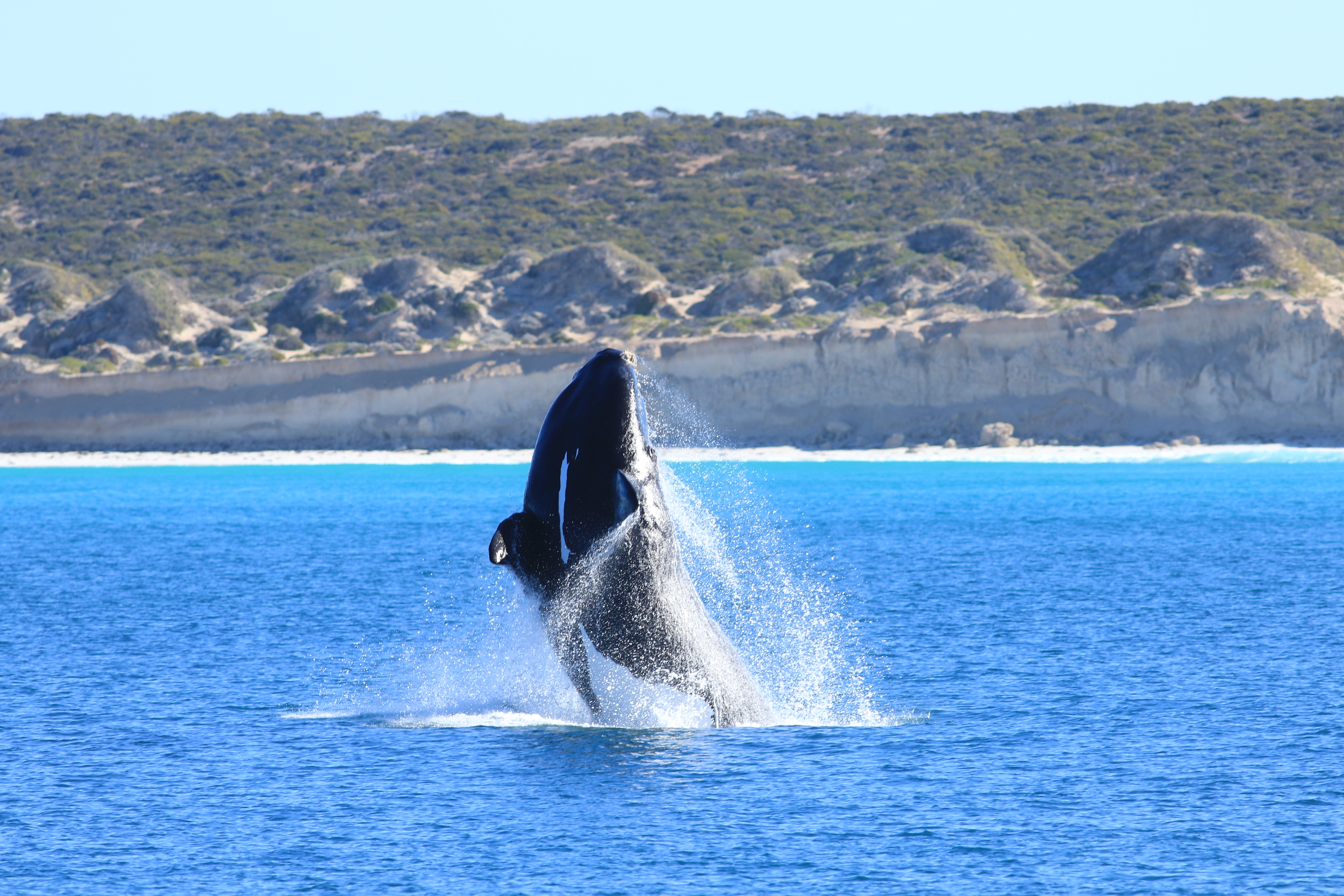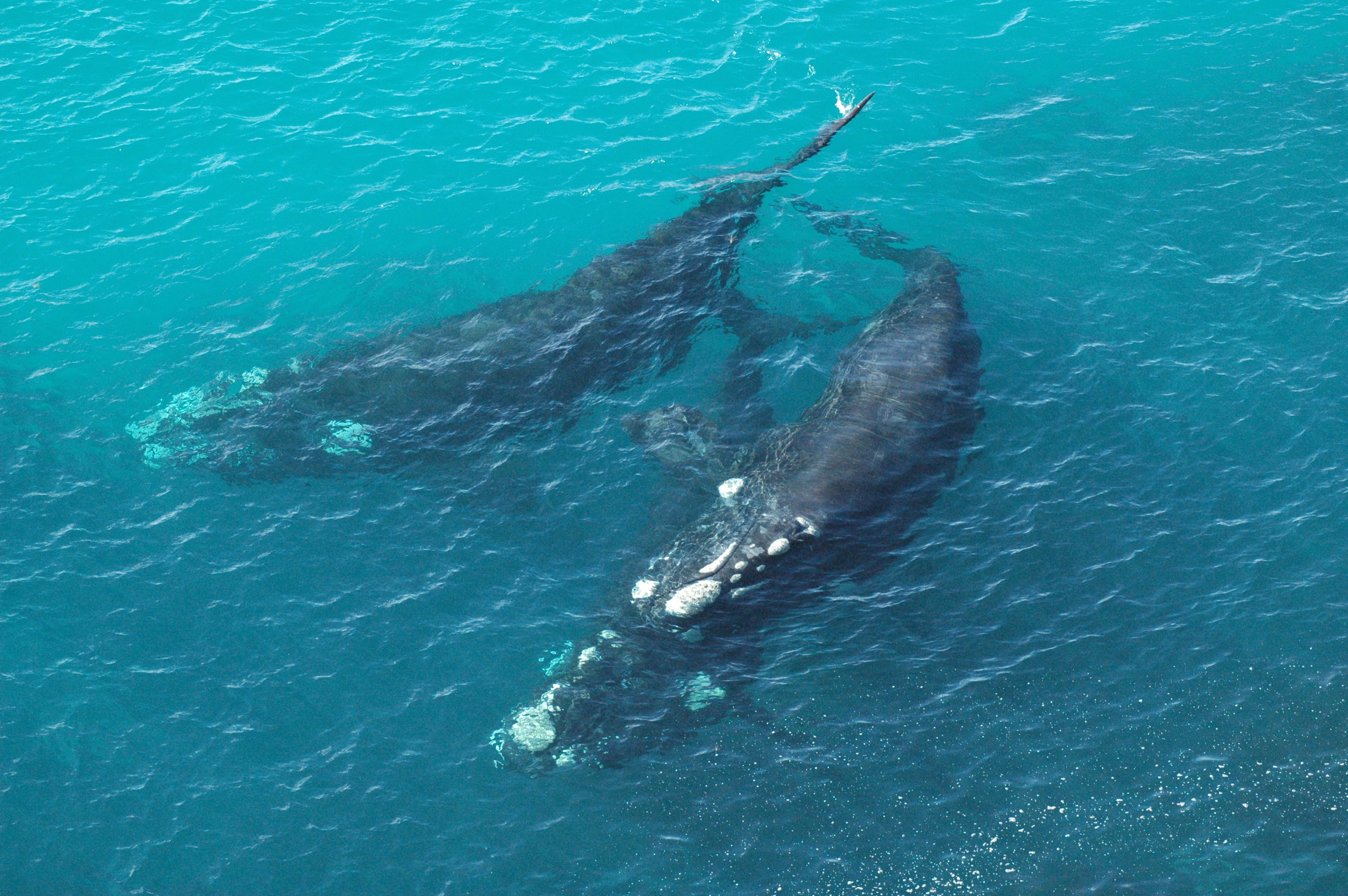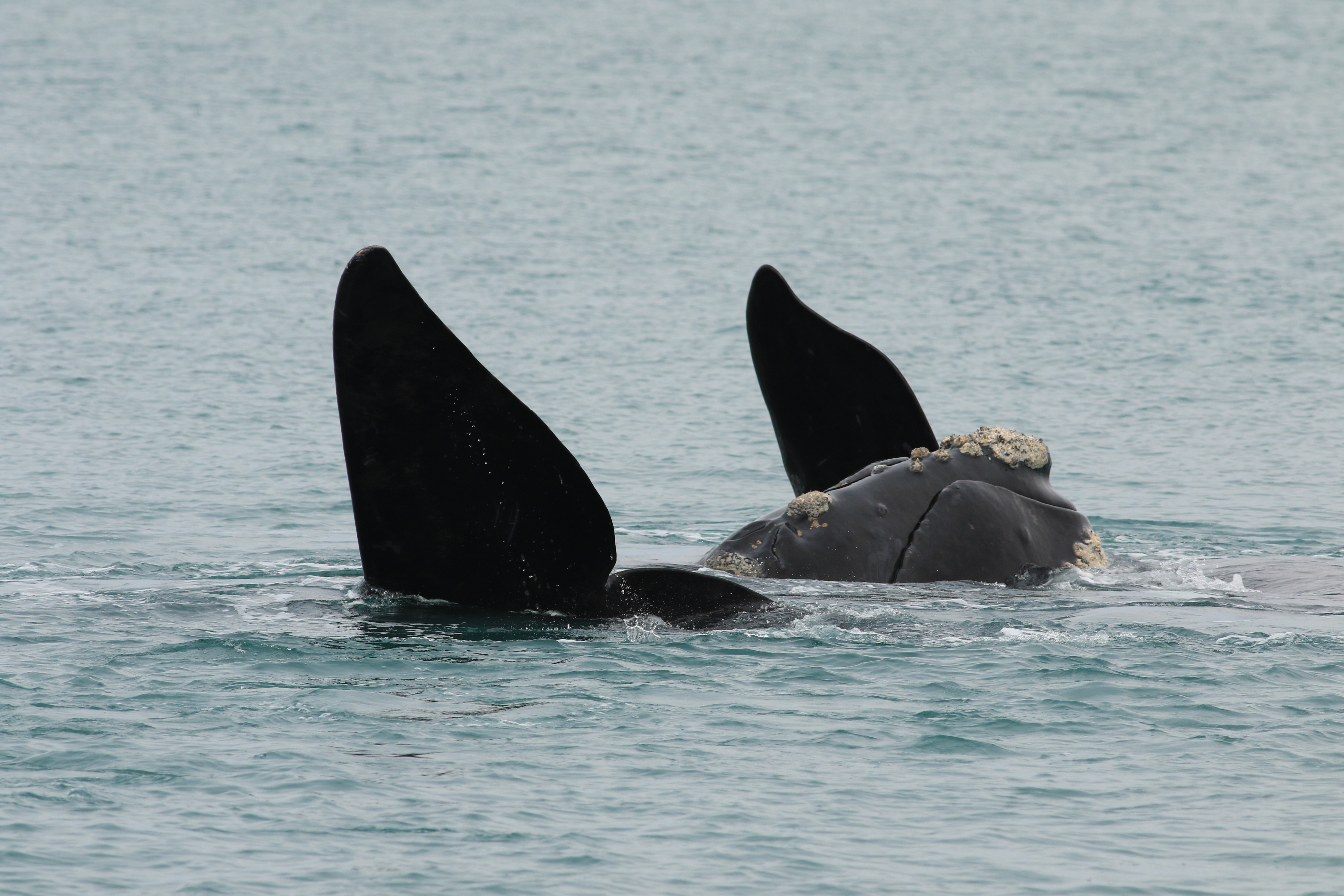 Southern Right Whales in the Great Australian Bight
Southern Right Whales in the Great Australian Bight
The thrill of seeing southern right whales steaming through the ocean during their seasonal migration never fails to impress. They are a captivating sight off the Australian coast from about mid-May to mid-November, sometimes with calves in tow.
Characteristics
 Southern right whales are medium to large baleen whales, distinguished by the white/grey growths on their head, known as callosities. The shape and arrangement of callosities – above the eyes and top lip, and along the lower jaw – is different for every whale and commonly used as a means of identification.
Southern right whales are medium to large baleen whales, distinguished by the white/grey growths on their head, known as callosities. The shape and arrangement of callosities – above the eyes and top lip, and along the lower jaw – is different for every whale and commonly used as a means of identification.
Like all baleen whales, right whales have two blowholes to make breathing at the ocean surface easier. Their jaws are highly curved to allow some 250 baleen plates to hang down from either side of the top jaw like a giant curtain. The plates are up to two metres long and trap some two tonnes of krill and other small crustaceans a day. Made of keratin, the baleen plates continue to grow and fray throughout the whale's busy life.
Getting up close and personal
 Southern right whales delight whale watchers with their peculiar looks and crowd attracting antics, like breaching and headstands.
Southern right whales delight whale watchers with their peculiar looks and crowd attracting antics, like breaching and headstands.
Southern right whales can be found off the Southern coastline and the Great Australian Bight from late June. They have even been known to swim into the surf zone, but are not known to strand. If you are lucky enough, you may even delight in watching the mothers and calves playing together. This is a very important time for the calf, as the mother is teaching its young the life skills it will need before it returns to the Antarctic.
See these stunning creatures for yourself with Slow Tours Australia Pacific.